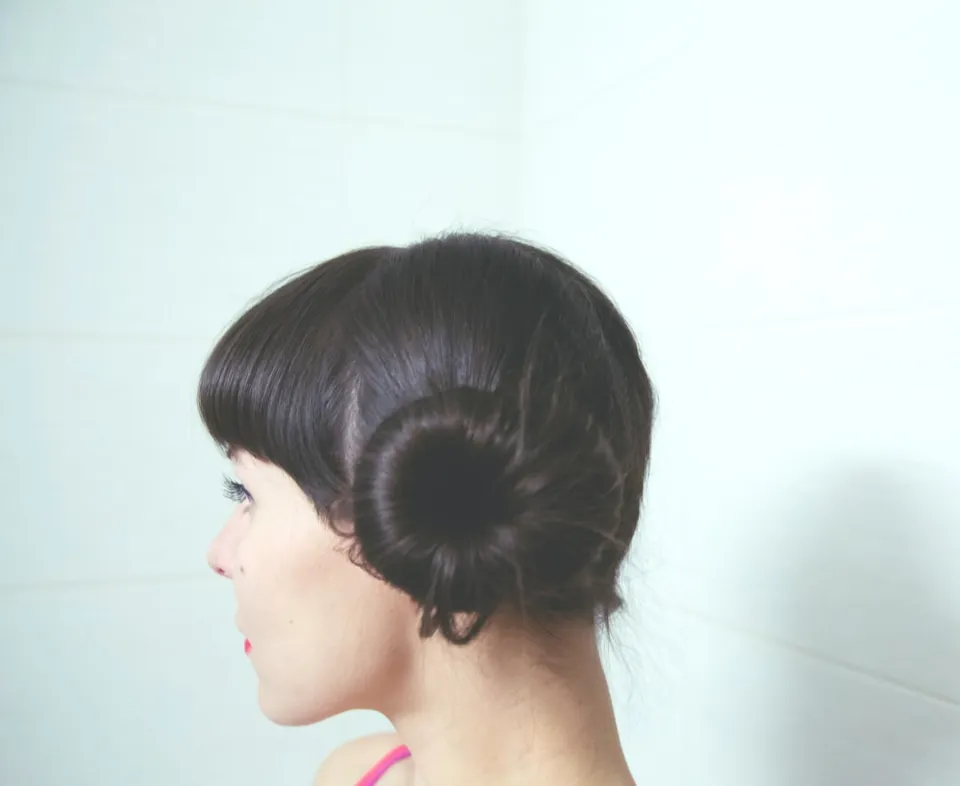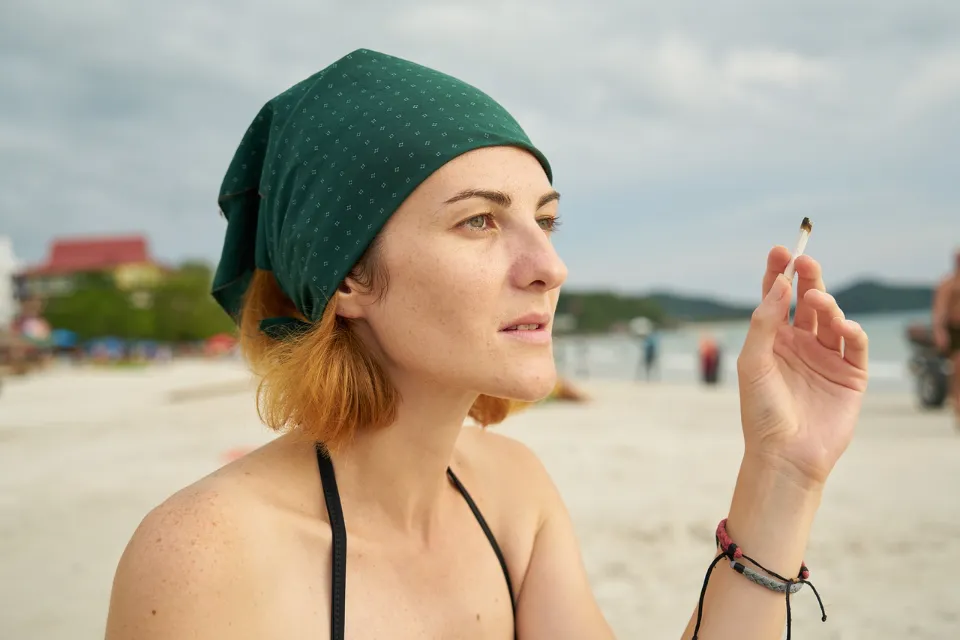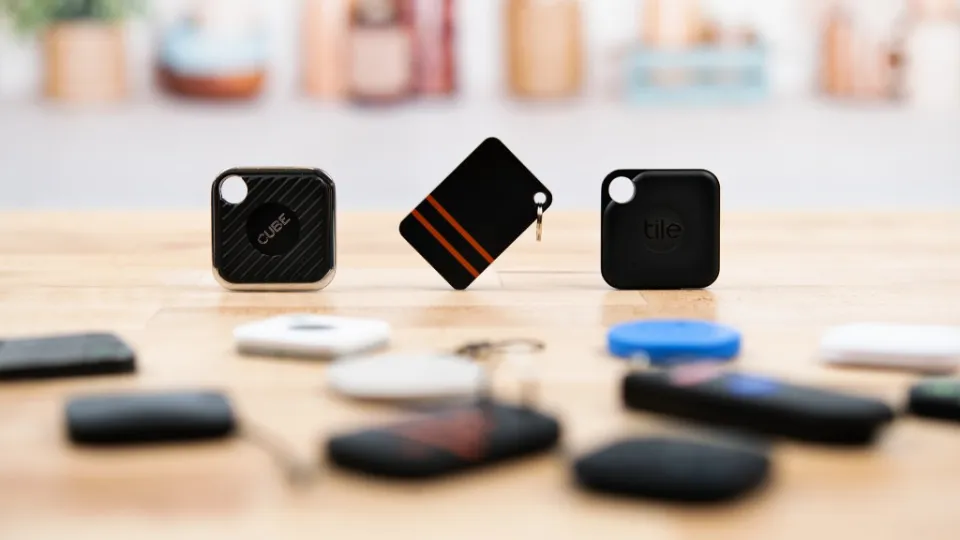As you likely already know, chlorine is used as a sanitizer in swimming pools to prevent swimmers from being exposed to dangerous concentrations of pathogenic microbes. Chlorine, the most widely used chemical in swimming pool water treatment, oxidizes (chemically destroys) other substances like dirt and chloramines in addition to disinfecting the water to get rid of bacteria and algae.
Your hair may become dry and brittle if chlorine strips away its natural oils. Your hair may become weak and dry from using chlorinated water, which can break it.
In this article, we’ll examine how chlorine harms your hair, offer our professional advice for reducing or avoiding chlorine damage, and discuss a few ways to repair chlorine-damaged hair.
How Does Chlorine Damage Your Hair?

Your hair may become weak and dry from using chlorinated water, which can break it. While regular tap water contains some chlorine, it typically doesn’t have enough to cause an issue for routine showers. But the increased amount found in pools can have damaging effects on your hair and skin with more frequent exposure.
Effects of Chlorine on Your Hair
Although chlorine in swimming pools is necessary to kill bacteria, if you frequently swim in the pool, it can seriously harm your healthy hair. Chlorine strips the natural oils (sebum) your body produces to protect your hair. In addition to irritating your skin and scalp, chlorine causes your hair to:
- Crack and split
- Strip your hair’s natural moisture
- Change the natural hair color (or dyed hair color)
- Weaken, leading to split ends
Casual swimmers don’t frequently notice the effects of chlorinated water; for instance, dipping into the pool once a year while on vacation won’t have a significant impact on the condition of your hair. The fact remains that certain hair types are more vulnerable to chlorine damage than others, regardless of how frequently you swim. This includes people with:
- Thin or fine hair
- Color-treated hair
- Bleached hair
- Chemical-treated hair
- Dry hair
- Thin of fine hair
- Hair with existing damage
Regardless of your natural hair color or type, if you swim in pools frequently or occasionally, you need to know how to prevent chlorine damage to your hair.
How Do Swimmers Keep Their Hair Healthy?
If you only swim occasionally, there’s not much you need to do to keep your hair healthy, except wearing a swim cap to avoid getting your hair wet with chlorinated water.
It’s crucial to take extra precautions to protect your skin and hair from chlorine if you use the pool frequently, even several times a week.
How Can I Protect My Hair from Chlorine Water Damage?
Here are our top recommendations for keeping hair chlorine-free. These tips should reduce the damaging effects of chlorinated pool water:
1. Rinse and Wet Hair before and After Swimming
Lap swim etiquette is the spoken and unspoken “rules” of the pool that help keep everyone safe and healthy. When the pool staff advises you to take a shower before entering the water, for instance, there is a very good reason for doing so. In addition to being important for keeping dirt and oils off of your body and off the pool bottom, this step protects your hair from chlorine damage.
Your hair strands absorb this water, reducing the amount of chlorine that is absorbed, when you pre-soak them in clean tap water or non-chlorinated water before diving into the pool.
After swimming, it’s also a good idea to thoroughly rinse your hair with clean water. To thoroughly clean it, you can use clarifying shampoo.
2. Apply Coconut Oil, Olive Oil, and Other Natural Oils to Your Hair
Consider using a leave-in chlorine protectant on your hair if you frequently swim or if your hair is more susceptible to chlorine damage. In order to stop chlorine and other pool chemicals from penetrating your hair strands, natural oils such as coconut oil, olive oil, and jojoba serve as a barrier. Use a deep conditioning mask or leave-in conditioner as well for additional protection.
3. Use Swim Spray
If you have light-colored hair, especially blonde hair, and are concerned about how chlorine will affect it, you can buy a swim spray product to spray on your hair to help prevent chlorine from penetrating your strands. All hair types respond to this product.
4. Use Gentle Shampoos
Regardless of your hair type, we advise using a gentle, sulfate-free shampoo and conditioner after swimming. This aids in washing away any remaining chlorine from your hair.

5. Wear a Swim Cap
If you’re a competitive swimmer, you probably already cover your head during swim practice. Swim caps are excellent for preventing chlorine from ever getting to your hair. Wear it properly so that all of your hair is inside for the best protection. To make your swim cap fit more easily over your head, remember to wear it over wet hair. In case one of your swim caps tears, it’s a good idea to keep a few extras in your swim bag.
6. Put Long Hair in a Ponytail
Put your long hair up in a bun, braid, or tight ponytail if you don’t have a swim cap. By doing this, exposure to chlorine will be reduced.
7. Swim in Outdoor Pools
Swim in outdoor pools whenever you can for the best experience. The amount of chlorine that could end up being absorbed into your hair and skin is decreased in outdoor pools because the chlorine gas from the water evaporates more quickly into the air.
8. Adopt These Post-swim Hair Care Routines.
When you get out of the water is possibly when it’s most important to prevent hair damage from chlorine. Before chlorine gets too deeply ingrained in your hair, your post-swim shower and hair routine will help remove it.
If you swim frequently, you probably have a pretty thorough post-swim routine that includes caring for and cleaning your swim goggles. In addition to your existing post-swim routine, here are our recommended hair care tips for immediately after swimming:
Rinse your hair thoroughly with clean water, wash with a clarifying shampoo, and apply a leave-in conditioner.
Let your hair completely air dry while you get changed. Avoid using blow dryers because they will further dry out your hair. After air drying your hair, if it still needs more drying, gently blot any excess water or drips from your hair with a microfiber towel.
Brush gently and remove tangles with a detangling brush designed for wet hair.
How Can I Fix Chlorine-damaged Hair?
The first step is knowing how to recognize chlorine damage. Hair that has been exposed to chlorine usually appears very dry, frizzy, and knotted all the time. If you believe that the chlorine in the pool has harmed your hair, speak with your hairstylist. They can determine the extent of the damage and offer you additional swimming hair protection.
Then, try these at-home remedies to reverse the damage or ease any dryness and itchiness:
Use a hair clarifier wash and natural conditioner to remove chlorine and any lingering harsh chemicals currently in your hair. One can be created using baking soda and apple cider vinegar.
Moisturize your scalp. Discuss products to help restore and maintain moisture with your doctor or hairstylist if your head is dry or flaky. Otherwise, coconut oil can help hydrate any dry skin.
To reverse significant damage from chlorine and prevent further damage, use a deep conditioner twice a week and apply natural oils like argan oil to protect the hair and scalp.
Does Chlorine Turn Your Hair Green?
Contrary to popular belief, chlorine does not make your hair green. The hard metals in the pool water, including iron, manganese, and copper, cause your hair to turn green. Chlorine does, however, contribute to the oxidation of these metals. The metals then adhere to your hair, turning it green and giving it an incredibly lifeless, ashy appearance.
How to Fix Green Hair
In swimming pool water, chlorine forms bonds with hard metals like iron, manganese, and copper that can give your hair a dull, ashy green hue, especially if you have lighter-colored hair. It’s not-so-lovingly known as “Swimmers Hair.”
Some home remedies to fix green hair from swimming include:
- Baking soda and water paste
- Lemon juice wash
- Soak hair in coke
- Wash hair with eight crushed aspirin dissolved in water
- Commercial swimmers’ hair shampoo and hair treatment products
In order to prevent your hair from turning green in the first place, of course, is your best line of defense.
Be patient and seek professional assistance if necessary because, depending on the extent of the damage, it might take some time to fully restore your lovely hair to its prior shine and volume. Maintain your hair’s protection in the interim by regularly washing it with shampoo and conditioner.
Final Words
The component of pool water that may harm your hair the most is chlorine. However, it is required to kill unwanted germs in there. Since you can’t completely avoid it, the best thing you can do is understand what chlorine does to your hair and give it the proper care and attention. With this knowledge, you can also take the necessary precautions to guard against chlorine harming your hair.
FAQs
Does Chlorine Damage Hair Permanent?
In swimming pools, chlorine is used to kill undesirable bacteria and protect swimmers from illnesses and infections brought on by the water. Swimming pools don’t contain enough chlorine to permanently harm your skin or hair, but they can irritate and burn your skin and leave your hair dry.
Can You Fix Chlorine Damaged Hair?
Chlorine can turn light-colored hair an ashy green color when it binds to metals like copper and iron. If this is a problem for you, try washing your hair with baking soda and water, making a lemon juice wash, or using a product specifically designed for swimmers’ hair.
What Happens If You Don’t Wash Chlorine Out Your Hair?
Damage from chlorinated water doesn’t just occur when you’re swimming. If you don’t wash it out thoroughly, the chemicals in the pool can sit in your hair all day long, continuing to dry out and crack your strands.








